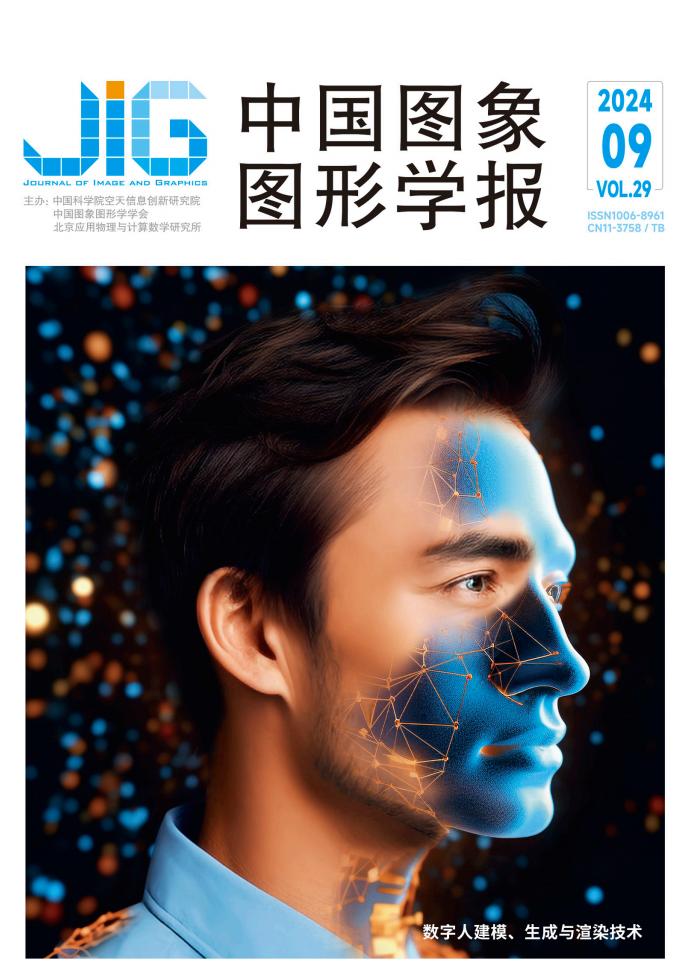Improving Brain Tumor Classification Efficacy through the Application of Feature Selection and Ensemble Classifiers
Q3 Computer Science
引用次数: 0
Abstract
Accurate brain tumor detection is crucial due to its high mortality rate. However, existing automated methods suffer from limited accuracy and high false-positive rates. In this study, we aimed to improve brain tumor classification by comparing 17 different classifiers organized into six groups: Decision Tree (DT) Model, Support Vector Machine (SVM), Naive Bayes Classifier, Logistic Regression, Generalized Linear Model (GLM) Classifier, and Neural Network. We utilized a dataset of 3,762 Magnetic Resonance Imaging (MRI) scans of brain tumors from Kaggle, with each image having dimensions of 240 × 240 pixels and labeled as tumor or non-tumor. Our approach involved three main steps: extracting visual information using 17 predictor classes, optimizing feature extraction through weight optimization, and comparing different sets of classifier models. We evaluated the models’ performance using the confusion matrix and Receiver Operating Characteristics (ROC) curves. Our results showed that optimizing feature selection and utilizing ensemble classifiers improved the accuracy of brain tumor classification. The DT Model with ensemble classifiers emerged as the best-performing classifier, achieving an accuracy of 98.11% and an AUC of 0.99. Notably, Random Tree (RT) exhibited the highest accuracy within the ensemble classifier set, with a significant increase compared to other models. Our proposed method outperformed the standard approach, demonstrating its potential for enhancing brain tumor detection accuracy. This study contributes to the field by providing a more accurate method for detecting brain tumors, potentially enabling earlier detection and improved patient outcomes. Future research should focus on further improving brain tumor diagnosis and treatment through the application of machine learning techniques.应用特征选择和集合分类器提高脑肿瘤分类效率
由于脑肿瘤的高死亡率,准确的检测是至关重要的。然而,现有的自动化方法存在准确性有限和假阳性率高的问题。在这项研究中,我们旨在通过比较17种不同的分类器来改进脑肿瘤分类,这些分类器分为六组:决策树(DT)模型、支持向量机(SVM)、朴素贝叶斯分类器、逻辑回归、广义线性模型(GLM)分类器和神经网络。我们使用了来自Kaggle的3,762个脑肿瘤磁共振成像(MRI)扫描数据集,每个图像的尺寸为240 × 240像素,并标记为肿瘤或非肿瘤。我们的方法包括三个主要步骤:使用17个预测器类提取视觉信息,通过权重优化优化特征提取,以及比较不同的分类器模型集。我们使用混淆矩阵和受试者工作特征(ROC)曲线来评估模型的性能。结果表明,优化特征选择和使用集成分类器可以提高脑肿瘤分类的准确性。具有集成分类器的DT模型是表现最好的分类器,准确率达到98.11%,AUC为0.99。值得注意的是,随机树(RT)在集成分类器集中表现出最高的准确率,与其他模型相比有显著提高。我们提出的方法优于标准方法,证明了其提高脑肿瘤检测准确性的潜力。这项研究通过提供一种更准确的检测脑肿瘤的方法,有可能使早期检测和改善患者预后,从而为该领域做出贡献。未来的研究应侧重于通过应用机器学习技术进一步提高脑肿瘤的诊断和治疗。
本文章由计算机程序翻译,如有差异,请以英文原文为准。
求助全文
约1分钟内获得全文
求助全文
来源期刊

中国图象图形学报
Computer Science-Computer Graphics and Computer-Aided Design
CiteScore
1.20
自引率
0.00%
发文量
6776
期刊介绍:
Journal of Image and Graphics (ISSN 1006-8961, CN 11-3758/TB, CODEN ZTTXFZ) is an authoritative academic journal supervised by the Chinese Academy of Sciences and co-sponsored by the Institute of Space and Astronautical Information Innovation of the Chinese Academy of Sciences (ISIAS), the Chinese Society of Image and Graphics (CSIG), and the Beijing Institute of Applied Physics and Computational Mathematics (BIAPM). The journal integrates high-tech theories, technical methods and industrialisation of applied research results in computer image graphics, and mainly publishes innovative and high-level scientific research papers on basic and applied research in image graphics science and its closely related fields. The form of papers includes reviews, technical reports, project progress, academic news, new technology reviews, new product introduction and industrialisation research. The content covers a wide range of fields such as image analysis and recognition, image understanding and computer vision, computer graphics, virtual reality and augmented reality, system simulation, animation, etc., and theme columns are opened according to the research hotspots and cutting-edge topics.
Journal of Image and Graphics reaches a wide range of readers, including scientific and technical personnel, enterprise supervisors, and postgraduates and college students of colleges and universities engaged in the fields of national defence, military, aviation, aerospace, communications, electronics, automotive, agriculture, meteorology, environmental protection, remote sensing, mapping, oil field, construction, transportation, finance, telecommunications, education, medical care, film and television, and art.
Journal of Image and Graphics is included in many important domestic and international scientific literature database systems, including EBSCO database in the United States, JST database in Japan, Scopus database in the Netherlands, China Science and Technology Thesis Statistics and Analysis (Annual Research Report), China Science Citation Database (CSCD), China Academic Journal Network Publishing Database (CAJD), and China Academic Journal Network Publishing Database (CAJD). China Science Citation Database (CSCD), China Academic Journals Network Publishing Database (CAJD), China Academic Journal Abstracts, Chinese Science Abstracts (Series A), China Electronic Science Abstracts, Chinese Core Journals Abstracts, Chinese Academic Journals on CD-ROM, and China Academic Journals Comprehensive Evaluation Database.
 求助内容:
求助内容: 应助结果提醒方式:
应助结果提醒方式:


